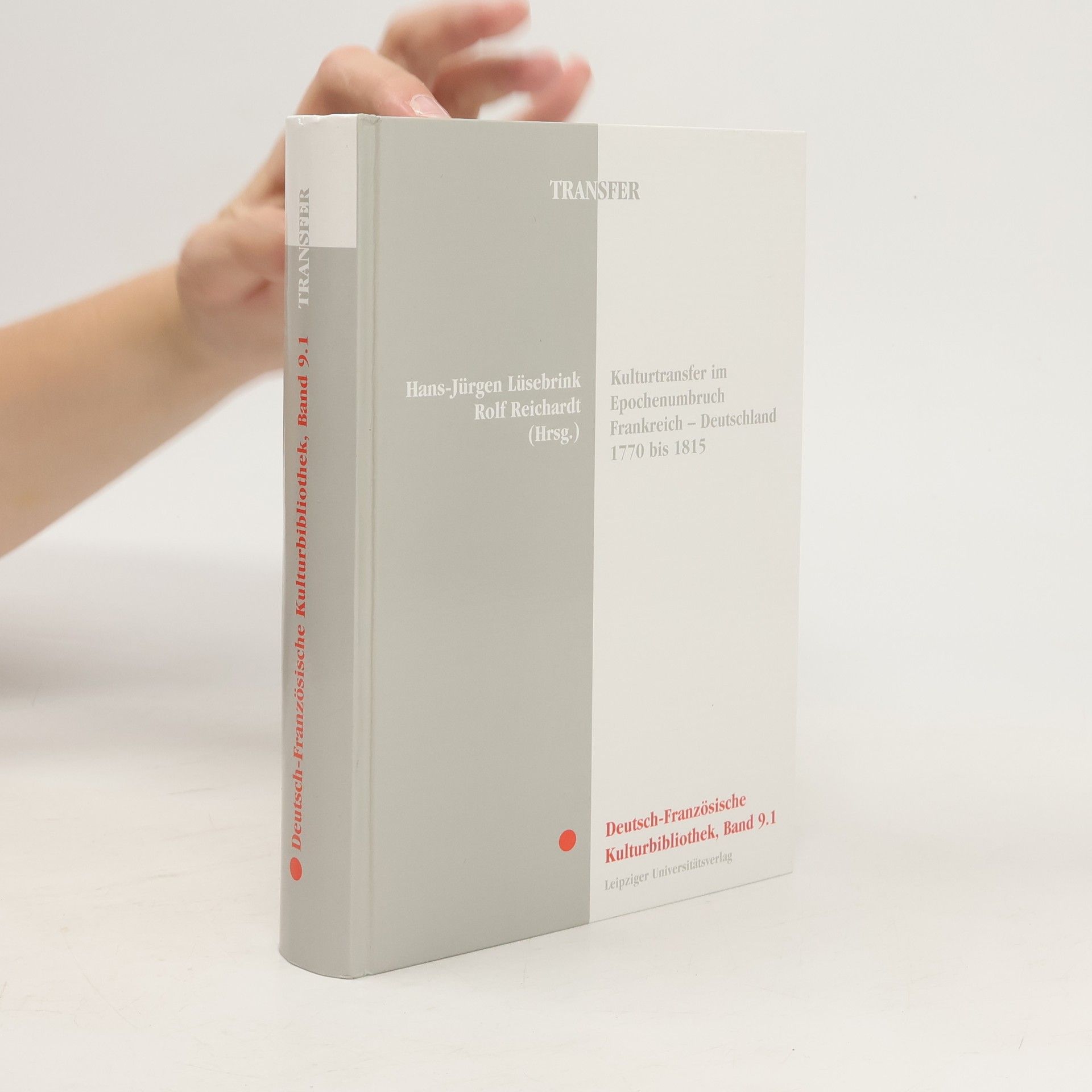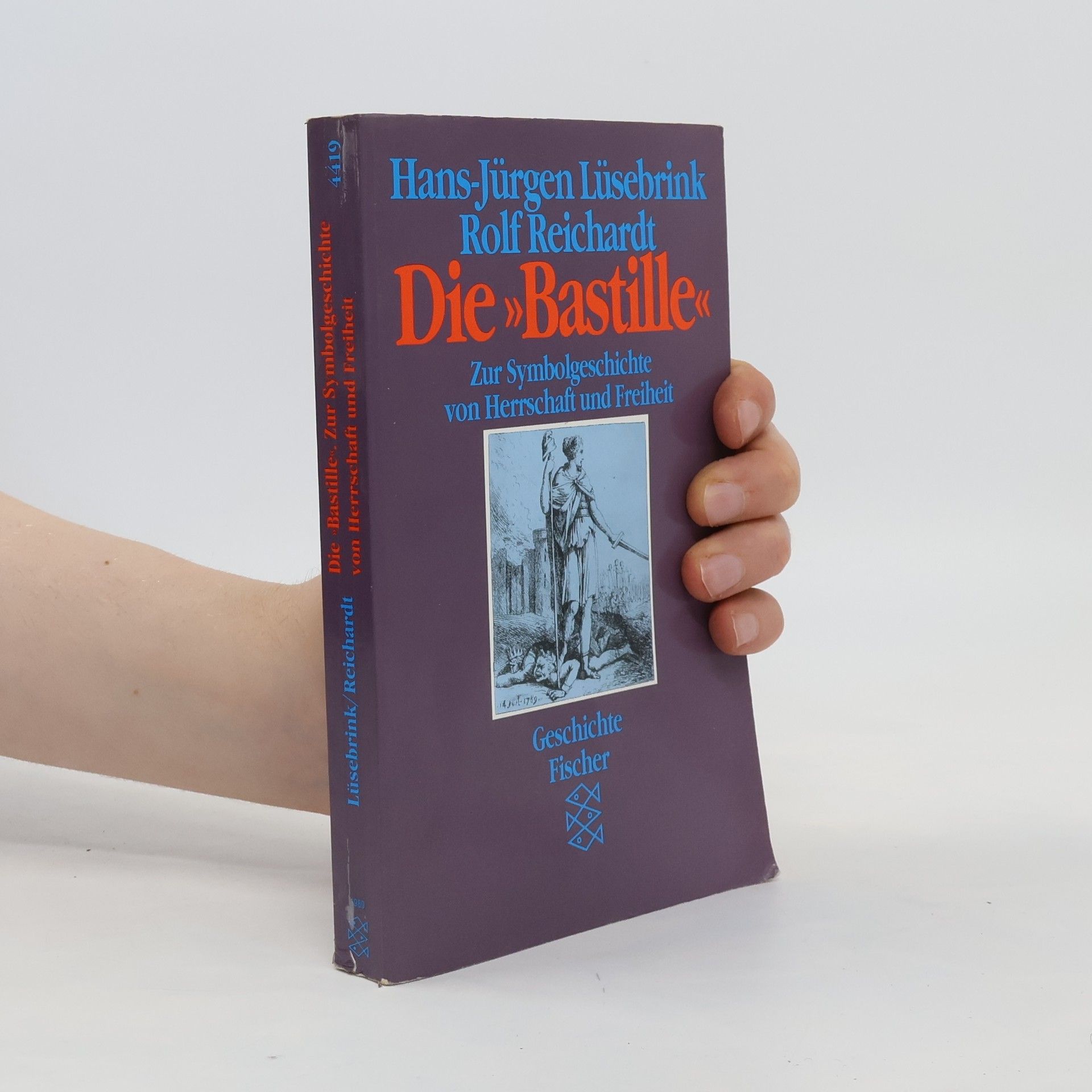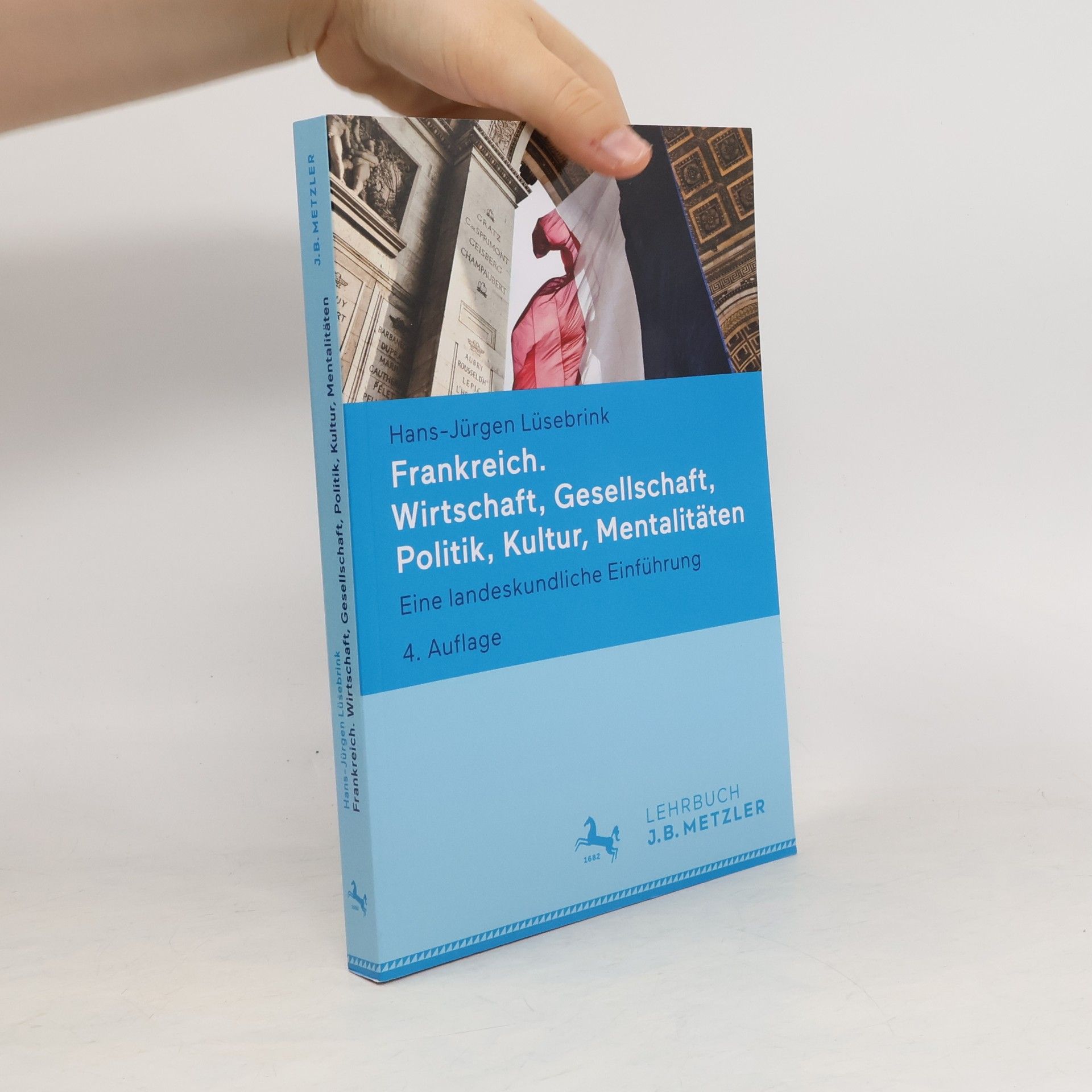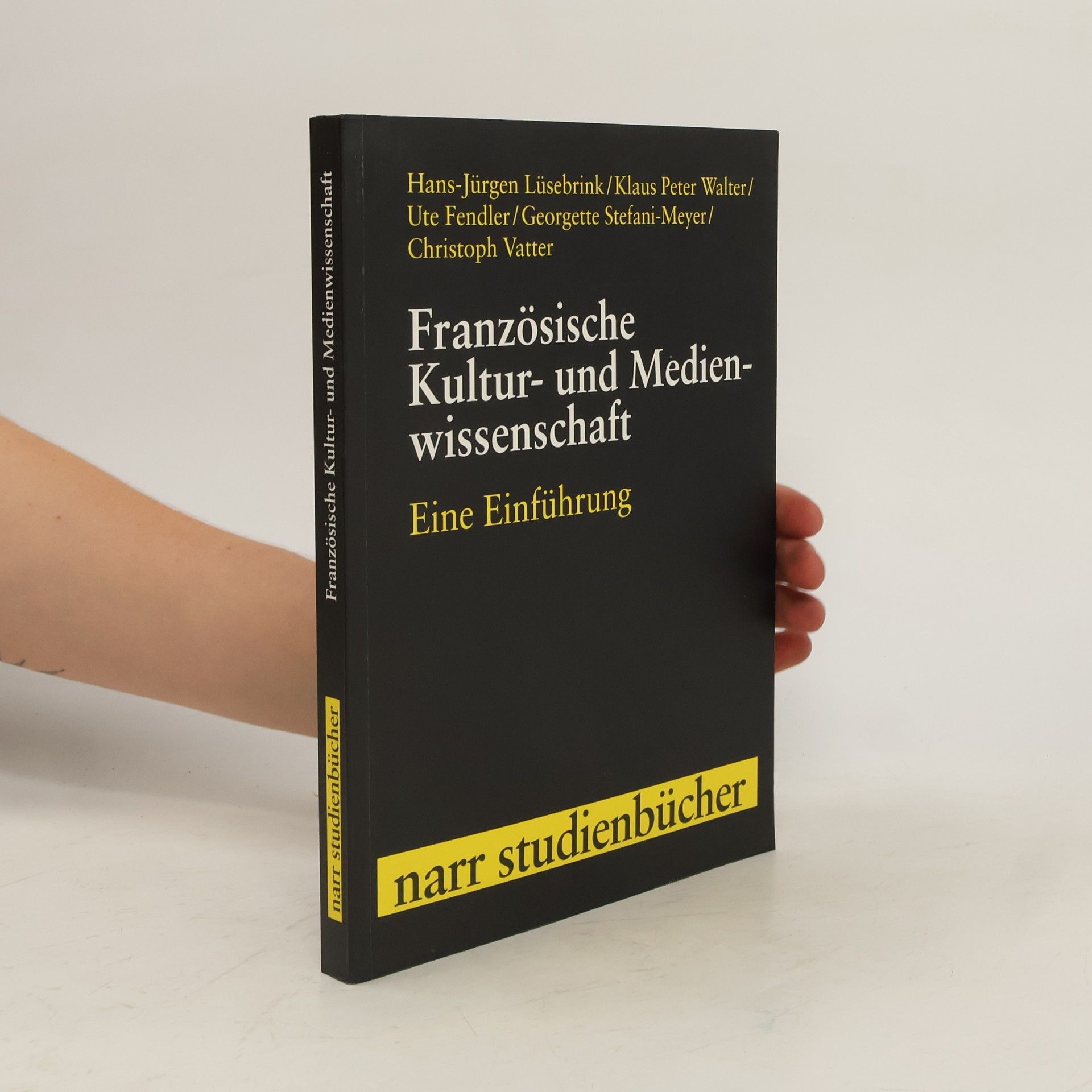Frankreich. Wirtschaft, Gesellschaft, Politik, Kultur, Mentalitäten
- 264 pages
- 10 hours of reading
Seit der Präsidentschaft von Emmanuel Macron ist Frankreich mehr denn je in der Presse präsent. Doch was sind die Hintergründe der aktuellen Situation, wie ist die französische Gesellschaft strukturiert, wie funktioniert das politische System? - Diese Einführung beschreibt die politischen, wirtschaftlichen, sozialen, kulturellen und mentalen Strukturen, die die gegenwärtige Situation der französischen Gesellschaft prägen und vermittelt ein grundlegendes Verständnis für unser Nachbarland. Ausführlich beschäftigt sich der Autor mit dem historischen Gedächtnis Frankreichs, den Medien, den Kulturinstitutionen sowie mit den für Frankreichs Kulturpolitik wichtigen Bezügen zu den frankophonen Staaten und Kulturen außerhalb Europas. - Für die vierte Auflage wurde der Band erweitert und aktualisiert.







